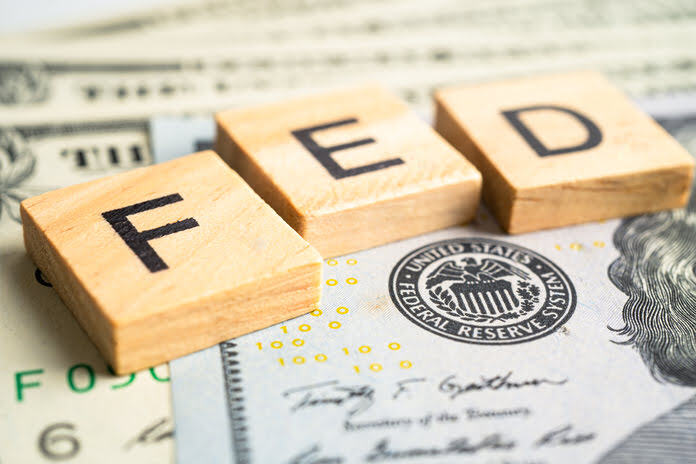The Federal Reserve, in a widely anticipated move, lowered its key interest rate by a quarter percentage point on Wednesday, marking the third consecutive reduction.
However, this latest easing came with a cautionary undertone, hinting at a more measured approach to further rate cuts in the coming years.
This decision, while expected by markets, reflects a delicate balancing act by the Fed as it navigates persistent inflation and solid economic growth.
Navigating a complex economic landscape
The Federal Open Market Committee (FOMC) reduced the overnight borrowing rate to a target range of 4.25%-4.5%, a level last seen in December 2022 before rates began their upward trajectory.
While the decision to cut was largely priced in by the market, the primary focus was on the Fed’s forward guidance.
Typically, policy easing is not aligned with solid economic growth and inflation remaining above target.
However, the Fed’s nuanced approach suggests a recalibration of its strategy.
The closely watched “dot plot” matrix, which reflects individual members’ future rate expectations, indicates that the Fed is likely to lower rates just twice more in 2025.
This projection is a significant reduction from the committee’s September forecast, which had anticipated double the rate cuts for that period.
Beyond 2025, the Fed anticipates another two quarter-point cuts in 2026 and one more in 2027, before reaching a long-term “neutral” funds rate of 3%, a figure that has edged up from its September update due to the gradual drifting upwards this year.
Dissenting voices and market reactions
For the second consecutive meeting, there was some internal disagreement on the FOMC.
Cleveland Fed President Beth Hammack dissented, arguing for rates to remain unchanged.
This follows Governor Michelle Bowman’s vote against a rate decision in November, the first time a governor had dissented since 2005.
The Fed funds rate, which influences various consumer debt such as auto loans, credit cards, and mortgages, is a crucial instrument for monetary policy.
While the post-meeting statement contained only minor adjustments, the language around the “extent and timing” of future rate changes was slightly modified from the previous meeting in November.
Despite the rate cut, the committee also upgraded its projection for full-year gross domestic product growth to 2.5%, a half percentage point increase from September.
In the long term however, officials expect GDP to slow to its long-term projection of 1.8%.
Furthermore, the Summary of Economic Projections also reflected that the expected unemployment rate this year was lowered to 4.2% but the headline and core inflation rates according to the Fed’s preferred gauge were also revised upwards to respective estimates of 2.4% and 2.8%, figures that are slightly higher than the September estimates and above the Fed’s 2% goal.
Economic growth versus inflation
The Fed’s decision comes at a time when inflation remains above its target, and the economy is projected to grow at a 3.2% rate in the fourth quarter with the unemployment rate hovering around 4%, according to data by the Atlanta Fed.
Although these conditions are more consistent with maintaining or increasing rates, officials are hesitant to maintain rates at levels that may lead to an unnecessary economic slowdown.
A recent Fed report also suggested that economic growth had only risen “slightly” in recent weeks, with some signs of waning inflation and hiring slowdown.
As Fed Chair Jerome Powell has indicated, the rate cuts are part of the central bank’s efforts to recalibrate policy as it does not need to be as restrictive under the current conditions.
Market skepticism
With Wednesday’s move, the Fed will have lowered benchmark rates by a full percentage point since September.
In September, they also took the unusual step of cutting rates by a half point.
The Fed usually prefers to adjust rates in smaller quarter-point increments as they carefully assess the impact of these adjustments.
Despite these significant moves lower, the markets are showing signs of skepticism, with mortgage rates and Treasury yields both rising sharply during the same period, possibly signaling a lack of faith that the Fed will continue with many more rate cuts.
Most recently, the policy-sensitive 2-year Treasury yielded 4.215%, falling within the upper range of the Fed’s rate move on Wednesday.
The post US Fed cuts interest rates by 0.25%, projects fewer reductions in 2025 appeared first on Invezz

